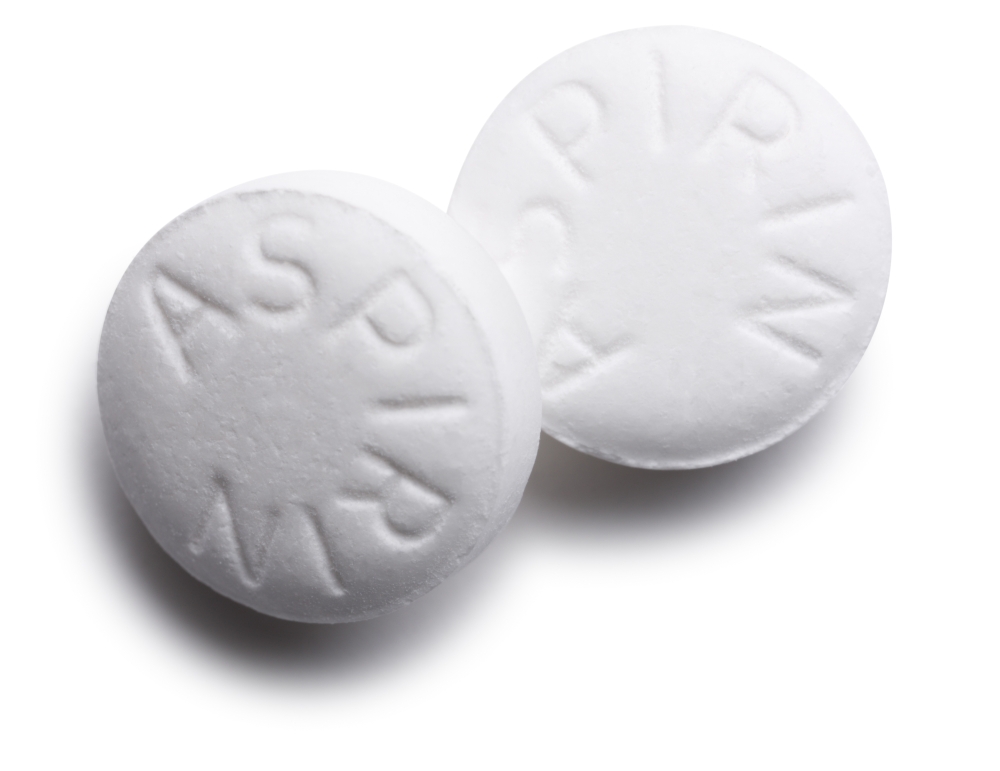Heart Attack
Myocardial Infarction (MI)
Treatment
A heart attack occurs when one of the blood vessels (coronary arteries) that brings in blood and oxygen to the heart becomes blocked. When a coronary artery becomes blocked, the part of the heart that the artery goes to begins to die. When some heart muscle dies, it no longer helps pump blood, and the heart becomes weak.
The first phase of heart attack treatment will be emergency treatment to save your life and limit disabling damage to the heart muscle. After that, your treatment will focus on recovery and preventing future heart attacks.
Treatment will be determined by the location and position of blockages in your arteries leading to your heart. Treatment to stop the heart attack and reopen the arteries will consist of three options: clot busters, angioplasty and stenting, and cardiac bypass graft surgery. A patient may also require treatment for cardiac arrest (when the heart stops beating) caused by a heart attack.
- Clot-busting medications – These medications, also called thrombolytics, are potent drugs that quickly break up blood clots that can cause a heart attack. Clot busters are administered in the hospital through the veins to break up existing blood clots and restore blood flow. However, if there’s an underlying blockage from plaque in the vessel, then this blockage will remain even after thrombolytics are administered, and cardiac catheterization may be indicated at some point to treat the underlying blockage.
- Angioplasty and stenting – Angioplasty is a procedure that can stop a heart attack that’s in progress by restoring normal blood flow through a blocked artery. Think of the procedure as a "Roto-Rooter" for your heart. In most cases, a stent is used, a tiny cylinder made of metal mesh that acts like a scaffold to keep the blocked artery open. If a patient receives angioplasty to restore blood flow to the heart as fast as possible after hospital arrival, the patient is much more likely to survive the event and avoid significant heart damage.
- Cardiac artery bypass graft surgery (CABG) – Bypass surgery is typically recommended if blockages are present that are not optimally treated with stents. The decision to recommend bypass surgery may be because the blockages are in critical locations in the heart's arteries, the blockages in the heart are multiple and diffuse, or a lengthy portion of an artery leading to the heart is narrowed. During CABG, a cardiothoracic surgeon sews portions of your artery or vein from the aorta to the heart artery beyond the blockage. This creates a bypass, or detour, around the blockage and restores flow to the heart muscle.

Medications after a heart attack
After you’ve had a heart attack, your recovery will include medication. Taking medications exactly as prescribed is one of the best tools for avoiding death in the months following a heart attack. Medications you are likely to be prescribed after a heart attack include the following:
|
Medication Type |
Purpose |
|---|---|
|
ACE-inhibitors/angiotensin receptor blockers (ARBs) (Prinivil, Altace, Capoten, Accupril, Vasotec, Avapro, Diovan, Cozaar, Benicar, Edarbi) |
To lower blood pressure and help the heart remodel, and improve heart function |
|
Antianginal agents |
To relieve chest pain |
|
Anticoagulants (Coumadin, Eliquis, Pradaxa, Xarelto) |
To reduce the blood’s ability to clot and decrease the risk of stroke |
|
Antiplatelet agents (Plavix, Brilinta, Effient) |
To thin the blood and help prevent and dissolve clots, especially in arteries and stents |
|
Aspirin |
To prevent and dissolve clots in the arteries |
|
Beta-blockers |
To lower blood pressure and heart rate, thus reducing oxygen demands on the heart and the incidence of abnormal heart rhythms |
|
Calcium channel blockers (Isoptin SR, Calan SR) |
To lower blood pressure and/or heart rate and control the amount of calcium that enters the heart and arteries, thus reducing oxygen demands on the heart |
|
Nitrates (nitroglycerin, Imdur, Isordil) |
To expand the arteries leading to the heart and relieve chest pain |
|
Statins (Lipitor, Zocor, Crestor, Pravachol) |
To lower cholesterol level and reduce the risk of heart attack and stroke |
Lifestyle impact
Surviving a heart attack is often a life-changing event. In addition to recovering from any procedures performed to stop and treat the heart attack, most patients will also need to make extensive lifestyle changes. These lifestyle changes are designed to stop or slow the progress of heart disease. While making lifestyle changes is never easy, doing so after a heart attack is an important part of looking toward the future.
- Eat a healthy diet – A heart-healthy diet is rich in lean meats, fruits, vegetables, and whole grains and is limited in salt and solid fats. Your doctor may suggest working with a dietician or nutritionist to develop an eating plan.
- Exercise regularly – Getting regular exercise is one of the keys to heart health. Most doctors recommend incorporating more movement into daily life, such as taking the stairs rather than an elevator or escalator. Be sure to check with your doctor before embarking on any exercise plan.
- Take your medication – You may not immediately think of taking medication as a lifestyle change, but beginning a medication regimen or adding to your existing one can take some adjustment. Taking your medication exactly as prescribed is vital for doing everything you can to prevent a recurrent heart attack. If you anticipate any problems with taking your prescribed medications, ranging from forgetfulness to financial cost, or experience any side effects from your medication, speak with your doctor. Never stop taking your medication without speaking with your doctor, as doing so can be dangerous.
- Quit smoking – Tobacco use is one of the leading causes of heart health problems. If you don’t smoke, don’t start. If you do smoke, now’s the time to quit. After you quit, your risk of a heart attack drops sharply after just one year. Your doctor is a great resource you can use to help you succeed.
- Keep your blood pressure and cholesterol in check – High blood pressure and cholesterol (lipids) buildup are silent threats to the heart. Without you even knowing it, high blood pressure, high “bad” cholesterol, or low “good” cholesterol may take its toll on your heart and blood vessels. Managing both your blood pressure and cholesterol through a combination of diet, exercise, and medication will help prevent a recurrent heart attack.
The most commonly used medications to treat high cholesterol are statin drugs. Statins are one of the most studied drugs and are arguably the most important medications given to patients with heart disease. Statins can rarely result in mild muscle aches (fewer than 10% of patients experience this side effect). The vast majority of patients tolerate statins very well. Statins are extremely important medications not only for lowering cholesterol but also for “plaque stabilization.” This class of drugs has been shown to prevent heart attacks and strokes by reducing the risk of a plaque in the artery breaking open or “rupturing,” leading to a heart attack. Thus, statins work in multiple ways to protect you from a future heart attack or stroke. - Manage your diabetes – If you have diabetes, your body does not produce the insulin necessary to take glucose (sugar) from digested food and make it available to the body’s cells for energy. High blood sugar and inflammation caused by diabetes can damage the heart muscle and arteries, leading to a greater risk of a heart attack. But by carefully managing your diabetes according to your doctor’s instructions, you can help reduce your risk for a recurrent heart attack or other cardiovascular events.
- Manage your stress – Whether you realize it or not, your mind and body are closely connected. Anxiety and other powerful emotions are driven by thoughts but felt by the body. When you’re stressed or scared, your heart may beat faster, making breathing harder for you. It makes your heart work harder, which means you might have angina (chest pain). A positive approach to life, setting realistic expectations, and discovering healthy ways to relax and manage stress can help you reduce your symptoms.
- Join a cardiac rehabilitation program – Joining a cardiac rehabilitation program can help you resume a healthy lifestyle after a heart attack. You should consider participating in a cardiac rehabilitation program if you also need help making some lifestyle changes listed on this page, such as eating a healthy diet and exercising regularly.
- Reassure loved ones – After a heart attack, you may deal with well-meaning but overprotective friends and family. Navigating their concerns in addition to your own— while still striving for a future that offers you the best possible quality of life—can be stressful. Ask your doctor and the medical professionals in your cardiac rehabilitation program for detailed information about which activities are safe for you and when. The clearer the information you can offer your loved ones, the more likely they’ll accept that you are following recommendations for a strong recovery.
-
Plan for the future – While lifestyle changes can be tricky, the rewards are well worth it. You’re planning for a future that you’ll not only be around for but that you’ll get to enjoy with the best possible quality of life. Ask your doctor and the medical professionals in your cardiac rehabilitation program to help you set incremental goals to reduce lifestyle-based risk factors. Additionally, if depression—a commonly experienced condition after a heart attack—diminishes your ability to focus on the future, don’t be embarrassed to seek mental health counseling.
Stories of Hope and Recovery

Curtis receives mechanical cardiovascular support system for cardiogenic shock with care from an interventional cardiologist.